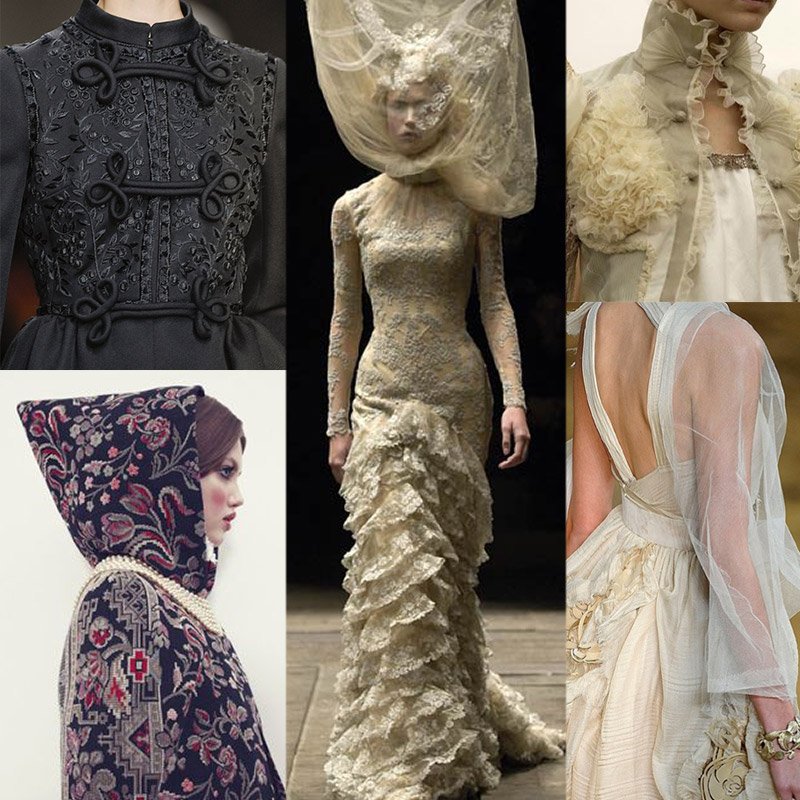Victorian
1837–1901
Jewelry made in the United Kingdom during the reign of Queen Victoria, noted for its embrace of sentimental exchange over intrinsic material value. Humble gemstones–garnets, opals, turquoise, agate, coral and shells–were combined with gold, enamel and seed pearls to create distinctive jewels laden with romantic symbolism and intimate messages. Motifs of flora and fauna were combined with the real deal: exotic materials including beetles, tiger claws, taxidermy hummingbirds, animals tusks and human teeth were fashioned into souvenir jewels and family keepsakes.
Early Victorian pieces display threads of Gothic and Renaissance styles, while the middle period embraced more ostentatious jewels. Following the death of Prince Albert, the love of the Queen’s life, mourning attire was de rigeur. Widows were expected to wear full mourning dress, typically black crepe, for a year after their husband’s death followed by a period of half mourning when a more lustrous fabric was socially acceptable. A widow’s jewelry was also severely restricted. The jewelry industry followed suit. Jet, a type of black fossilized wood, was the culturally acceptable choice. Jet could be carved and polished to a lustrous sheen, allowing for decorative flexibility. Rings, necklaces and brooches and earrings were carved into lily of the valley, anchors and crosses. Vulcanite and French jet were alternatives to Whitby jet. Eventually, the Victorian period was succeeded by the Arts & Crafts style and the Art Nouveau movement.
Further Reading:
Victorian Jewellery Design, Charlotte Gere, 1972
Victorian Jewellery, Margaret Flower, 1973
Jet Jewellery and Ornaments, Helen Muller, 2003

